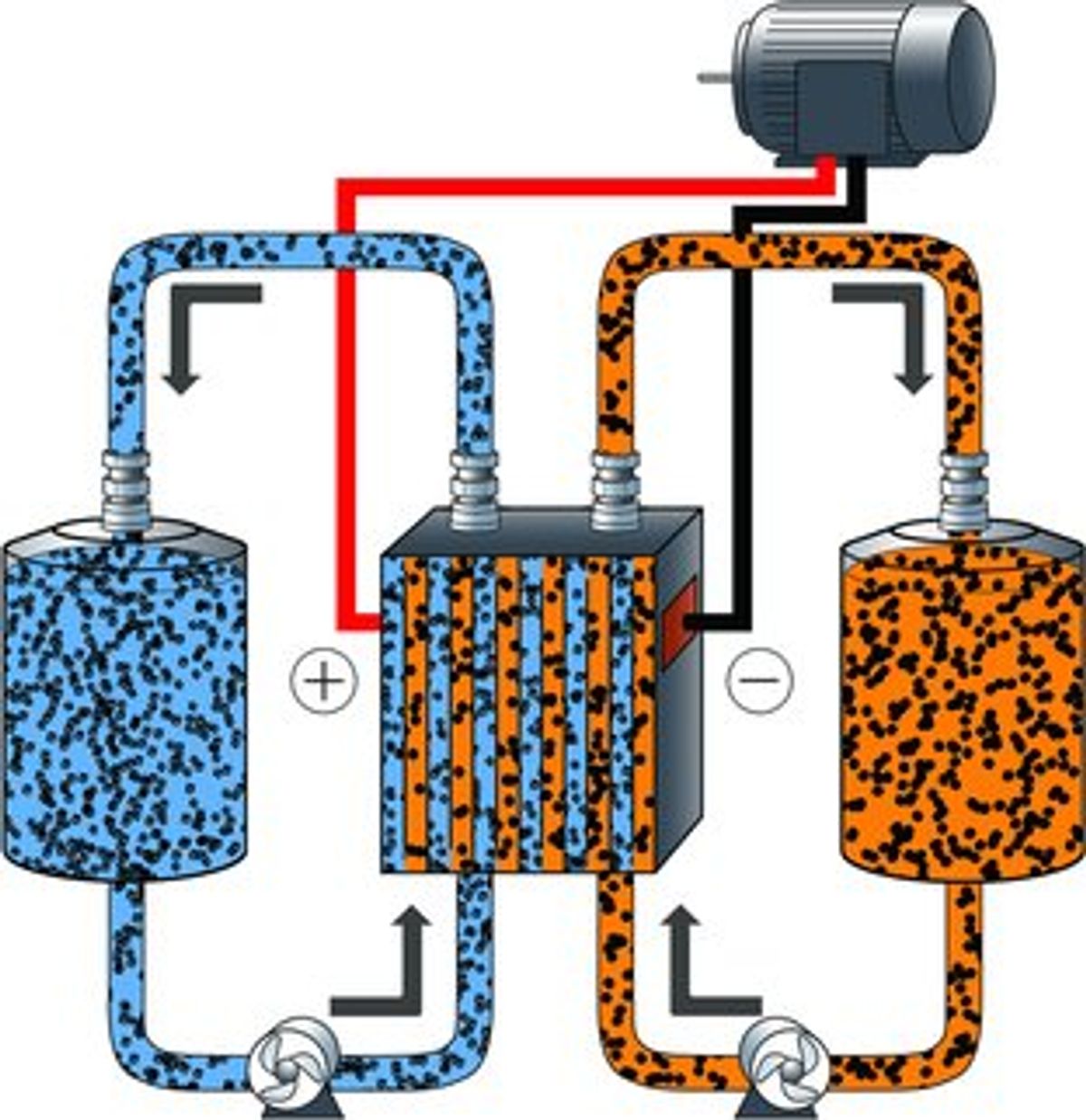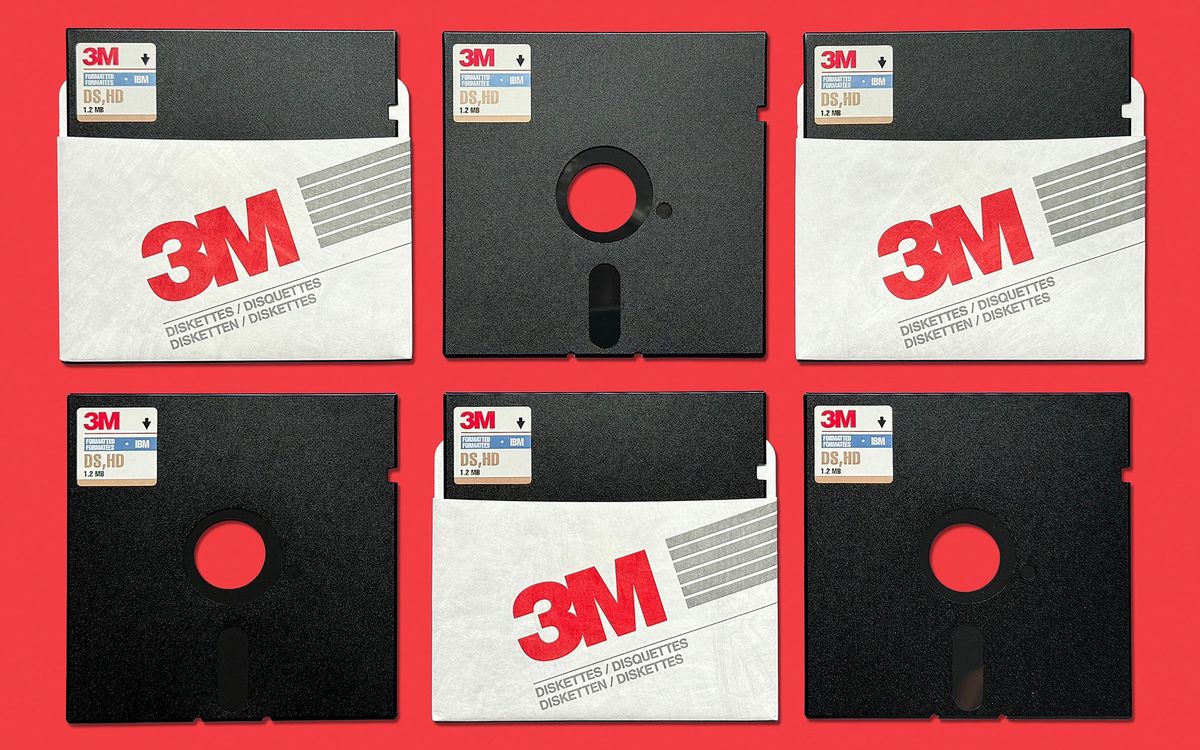Researchers at MIT, led by W. Craig Carter and Yet-Ming Chiang, have developed a new architecture for batteries that combines the design of liquid-flow batteries with that of conventional lithium-ion batteries resulting in a 10-fold improvement in the energy density of liquid-flow batteries and reducing the size of a battery system such as found now in electric cars to about half their current size.
The research, which was originally published in the Wiley journal Advanced Energy Materials, was able to overcome the low energy density of liquid-flow batteries by creating a semi-solid material that “kind of oozes,” according to Chiang. The new material is able to store energy in “suspensions of solid storage compounds” and the “charge transfer is accomplished via dilute yet percolating networks of nanoscale conductors.”
The result is that the cathodes and anodes of the battery are particles that are suspended in the liquid electrolyte. And the two different suspensions are pumped through systems separated by a thin porous membrane.
The design also separates the storing and discharging of the battery into two different physical structures. According to Chiang, this separated architecture will enable batteries to be designed more efficiently.
Since the design is expected to reduce the size (and cost) of a battery system by as much as half, it is being touted as a way to make electric vehicles more competitive with internal combustion engines.
Chiang and his researchers have even gone so far as to dub the semi-solid liquid “Cambridge Crude”, no doubt a reference to their Cambridge, MA location. The researchers also posit the idea that the “Cambridge Crude” could be pumped like gas to recharge a car. However, I would make one small caveat on that notion: what are you supposed to do with the semi-solid liquid that you’re disposing of? I expect that one would run into all sorts of environmental concerns.
Nonetheless the researchers have developed what appears to be a new design architecture for batteries and have demonstrated that slurry-type active materials can be used for storing electrical energy.
If the research has the potential for commercial development, it seems the right research team developed it since Chiang’s earlier work on lithium-ion batteries led to the MIT spinoff A123 Systems and it has already been licensed by Chiang’s and Carter’s new company 24M Technologies (itself a spinoff from A123 systems).



